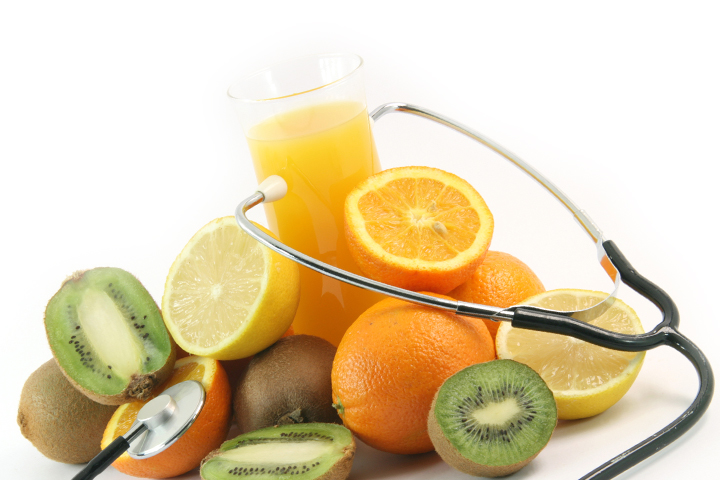
The glycemic index (GI) is a scale (ranging 0-100) that measures the impact of particular carbohydrates on your blood glucose level (within two to three hours after consumption). In other words, it describes the rate at which the carbohydrates you eat are converted to glucose and enter the bloodstream. Note: Fats and proteins generally do not cause significant fluctuations in your blood glucose levels.
Low GI foods are commended for being able to control appetite and offset/delay hunger for longer periods of time, thereby being a positive tool for weight loss/management. Other benefits of low glycemic foods include:
- Increase the body’s sensitivity to insulin (reduce risk of hyperglycemia and improve control of diabetes)
- Have been found to reduce cholesterol levels and the risk of heart disease
- Help maintain higher energy levels for longer (better endurance)
It has been recommended by the World Health Organisation and Food and Agriculture Organisation that individuals focus their diets on low glycemic foods in order to prevent diseases like coronary heart disease, diabetes and obesity.
Foods that fall within the high GI category cause rapid spikes in blood glucose levels and leads to a heightened insulin response. Insulin is a very important hormone involved with regulating glucose uptake from the blood to muscle and fat cells for storage (as glycogen or triglycerides, respectively) to maintain normal blood glucose levels. Insulin is released in response to elevations in blood glucose; therefore, if there is a sharp spike in blood glucose, a rapid spike in insulin response soon follows – but there is a lag. This lag time also occurs with the removal, or normalization, of insulin from the blood. Thus, when blood glucose levels return to normal (insulin has done its job), some insulin still remains in the bloodstream. This insulin now “craves” more glucose so that it can continue to perform its job. Therefore, the concern lies in the fact that ingesting highly glycemic foods generally leads to cravings for more sugar-rich foods soon after finishing the initial meal.

FYI: Prior to working out, it is beneficial to ingest low GI foods in order to ensure sufficient energy for the duration of the workout. Ingesting high GI foods immediately post-workout can help to quickly replenish muscle glycogen levels, but make sure that you get a balanced meal with low GI foods within 30-90min following the workout.
Below is a table of foods that fall under all three categories of the GI
|
High GI (>60) |
Moderate GI (40-60) |
Low GI (<40) |
| Carrots | Sucrose | Apples |
| Honey | All-Bran | Butter beans |
| Corn Flakes | Potato Chips | Navy Beans |
| Whole Wheat Bread | Pease | Kidney Beans |
| Potatoes | White Pasta | Lentils |
| White Bread | Oatmeal | Fructose |
| Shredded Wheat | Sweet Potatoes | Peanuts |
| Brown Rice | Whole Wheat Pasta | Yogurt |
| Bananas | Oranges | Plums |
| Raisins | Kiwi | Grapefruit |
| Watermelon | Grapes | Strawberries |
| Bagel | Popcorn | Lettuce |
| Ice cream | Pita Bread | Tomatoes |
| Instant Rice | Special J | Eggplant |
| Source: CPTN Manual: The Art and Science of Personal Training: The Essentials 2nd Edition. Toronto, ON: CPTN, 2005. | ||



